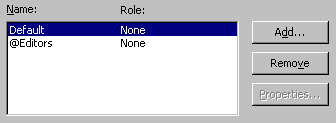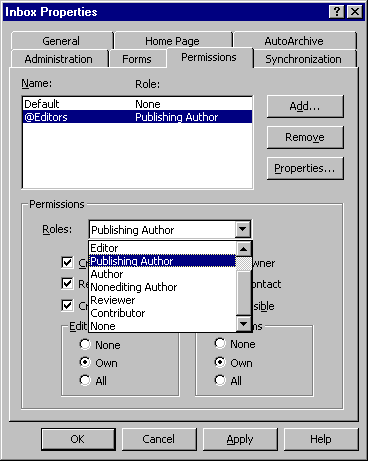Here at TechRepublic, our editorial team recently began sharing specific Outlook folders with one another. We set up special folders to store writing assignments, and various editors need to be able to get to those documents via e-mail.
However, over the weekend, I received an e-mail from my boss. He couldn’t access one editor’s folder, and he asked me to troubleshoot the problem.
An Outlook folder was causing a problem
The e-mail he had sent was very specific. An editor had sent out a link to an Outlook folder. However, my boss wrote, “This shortcut doesn’t work for me. Does it work for anyone else?”
On Monday, I dropped by the office of the editor in question to take a look at his Outlook folder. I suspected there were problems with the permissions he had given the other editors.
My suspicions were confirmed
As I looked over the editor’s shoulder, I asked him to open Outlook and select the folder that he wanted to share with the other editors. I had him right-click on that folder so we could view its properties.
The folder’s Properties window had quite a few tabs to choose from, as you can see in Figure A. However, I knew which tab contained the information we were looking for.
| Figure A |
| The folder’s Properties window has a few tabs to choose from. |
We selected the Permissions tab. I immediately understood why no one had been able to access the folder. The editor had added the group of editors to the permissions for the folder, but he forgot to give them a role, as shown in Figure B.
| Figure B |
 |
| The editor group had been put into the permissions but not given a role. |
I instructed the editor to highlight the editors’ names in the list. By using the drop-down menu beneath the list, he was able to give a role to the Editor group, as illustrated in Figure C. This change enabled everyone within the group to access the folder.
| Figure C |
 |
| Once the Editor group was given the role of Publishing Author, everyone on the team had access to this Outlook folder |
But did it work?
As a test, I had the editor e-mail me a link to the folder. Since I am on the list of editors, I should have permissions to the folder.
I made my way back to my office, opened up Outlook 2000, and proceeded to open the e-mail he had sent me. I double-clicked on the link embedded in his e-mail, and voila—I was able to see the contents of his folder.
Have you successfully resolved a perplexing Outlook or Exchange problem? If so, we’d love to hear about it! Feel free to leave a post below, or to send us a note.
Ed Engelking is a Web editor for TechRepublic. He is also the co-owner of UCANweb.com.